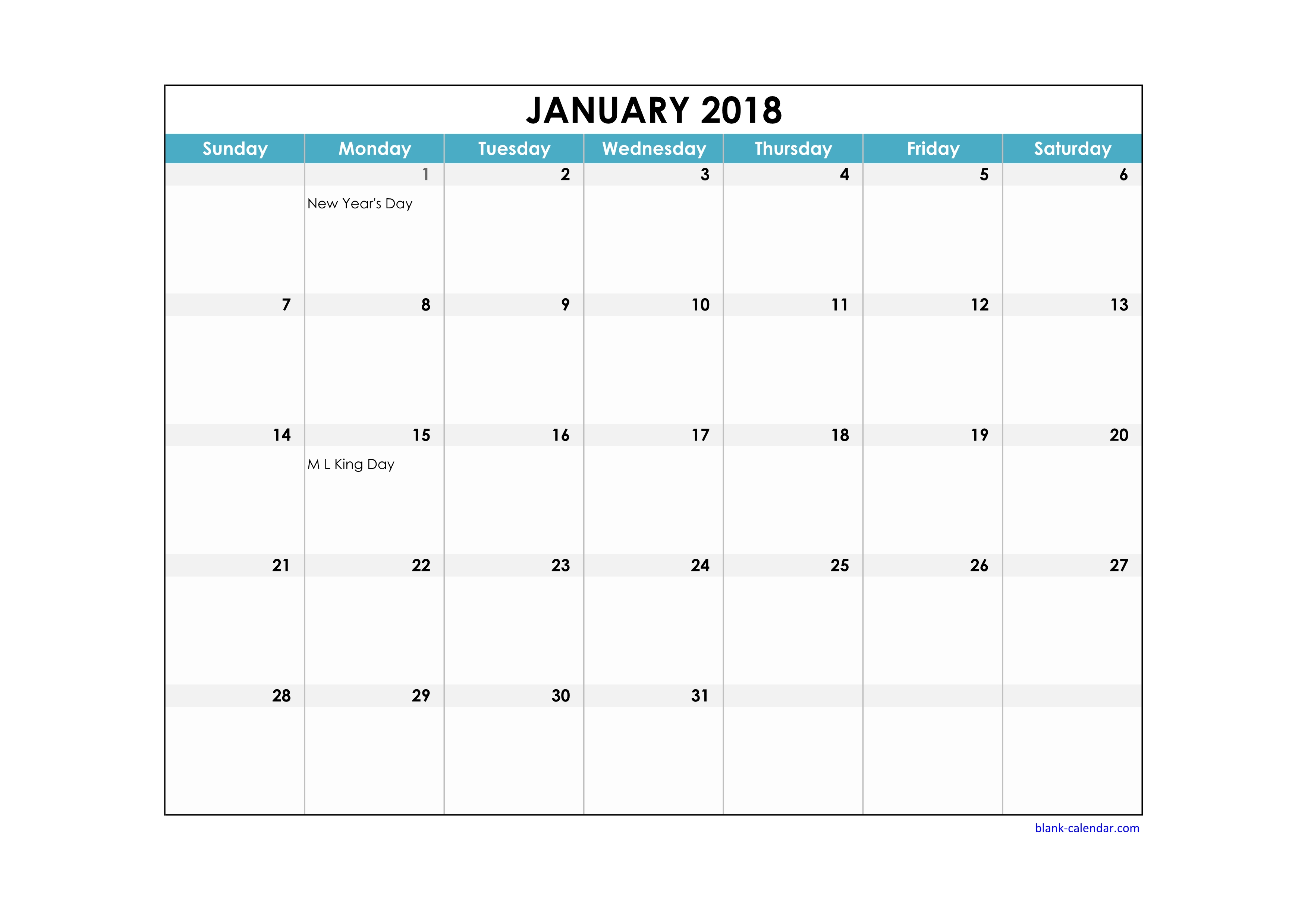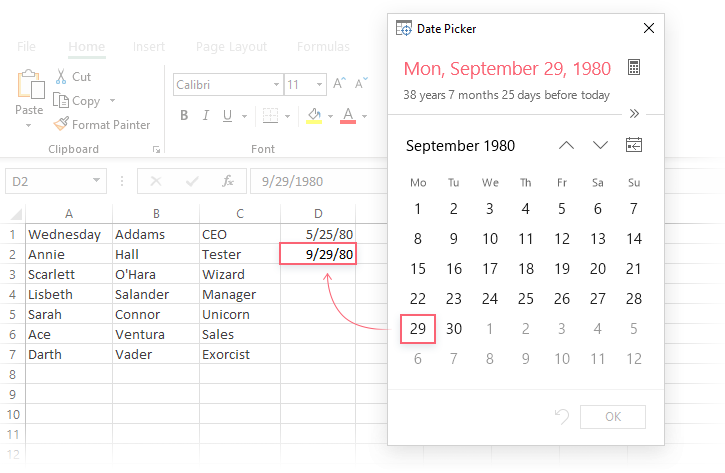Remodeling Date Lists into Excel Calendars: A Complete Information
Associated Articles: Remodeling Date Lists into Excel Calendars: A Complete Information
Introduction
With nice pleasure, we are going to discover the intriguing matter associated to Remodeling Date Lists into Excel Calendars: A Complete Information. Let’s weave attention-grabbing info and provide recent views to the readers.
Desk of Content material
Remodeling Date Lists into Excel Calendars: A Complete Information

Managing and visualizing dates is essential throughout numerous fields, from venture administration and occasion planning to private scheduling and monetary evaluation. Usually, you will end up with an inventory of dates – maybe extracted from a database, a spreadsheet, or perhaps a handwritten observe – that must be organized and offered in a transparent, calendar-like format inside Microsoft Excel. This text offers a complete information to changing an inventory of dates right into a visually interesting and practical Excel calendar, protecting numerous strategies, from easy guide strategies to superior automation utilizing formulation and VBA.
I. Understanding the Information and Desired Output:
Earlier than diving into the conversion course of, it is vital to know the character of your date checklist and your required calendar output. Take into account these elements:
- Date Format: Is your date checklist in a constant format (e.g., MM/DD/YYYY, DD/MM/YYYY)? Inconsistent codecs would require pre-processing earlier than conversion.
- Date Vary: What’s the time span lined by your dates? A slim vary would possibly enable for a single-month calendar, whereas a wider vary would possibly necessitate a multi-month and even yearly calendar.
- Calendar Kind: Do you want a easy day by day calendar, a weekly calendar, or a month-to-month calendar? The selection is dependent upon the extent of element required.
- Information Related to Dates: Does every date have related info (e.g., occasions, duties, deadlines)? This info must be integrated into your calendar design.
- Visible Presentation: How visually interesting ought to your calendar be? Think about using colours, formatting, and conditional formatting to reinforce readability and readability.
II. Guide Strategies for Small Datasets:
For small datasets, guide strategies might be environment friendly and simple. These strategies contain immediately getting into the dates into an Excel calendar template or creating one from scratch.
- Utilizing Current Templates: Excel affords built-in calendar templates. You possibly can seek for these templates on-line or inside Excel itself. Merely obtain an appropriate template and manually enter your dates into the suitable cells.
- Making a Calendar from Scratch: Create a primary calendar construction by manually getting into month names, days of the week, and date numbers. Then, manually populate the calendar along with your dates from the checklist. This methodology offers most management over the calendar’s look however might be time-consuming for giant datasets.
III. Leveraging Excel Formulation for Bigger Datasets:
For bigger datasets, guide entry turns into impractical. Excel formulation present an environment friendly method to automate the calendar creation course of.
-
WEEKDAYPerform: This operate determines the day of the week for a given date (Sunday = 1, Monday = 2, and many others.). You need to use this operate to find out the right column for every date in your weekly calendar. -
MONTHPerform: This operate extracts the month quantity from a date. That is essential for organizing dates into month-to-month calendars. -
YEARPerform: This operate extracts the yr from a date, helpful for creating yearly calendars or dealing with information spanning a number of years. -
IFPerform: Conditional statements (IF) are helpful for dealing with totally different eventualities, corresponding to displaying totally different colours or formatting for particular dates. -
VLOOKUPorINDEX/MATCH: These capabilities are useful in case your date checklist consists of related information (e.g., occasion descriptions). They will fetch the related information and show it alongside the date in your calendar.
Instance: Making a Month-to-month Calendar utilizing Formulation:
Let’s assume your date checklist is in column A, ranging from A2. We’ll create a month-to-month calendar for October 2024.
- Create the Calendar Construction: Manually create a grid representing the times of October 2024. Embody headers for days of the week and week numbers.
-
Use
MONTHandDAYFeatures: Within the cells of your calendar grid, use formulation like this:=IF(MONTH(A2)=10,DAY(A2),""). This method checks if the month of the date in A2 is October (10). Whether it is, it shows the day; in any other case, it leaves the cell clean. Modify the method for every cell in your calendar grid, referencing the suitable cell from column A. - Conditional Formatting: Apply conditional formatting to spotlight particular dates or occasions. For instance, you could possibly spotlight weekends in a different way or use color-coding for various kinds of occasions.
IV. Superior Methods: VBA Macros for Automation:
For terribly massive datasets or complicated calendar necessities, Visible Fundamental for Functions (VBA) macros provide the final word automation resolution. VBA permits you to write customized code to generate calendars dynamically primarily based in your date checklist.
Instance VBA Macro Define:
Sub CreateCalendar()
' Declare variables
Dim ws As Worksheet
Dim lastRow As Lengthy
Dim i As Lengthy
Dim dateValue As Date
Dim month As Integer
Dim day As Integer
Dim yr As Integer
' Set worksheet
Set ws = ThisWorkbook.Sheets("Sheet1") ' Change "Sheet1" to your sheet identify
' Discover final row of date checklist
lastRow = ws.Cells(Rows.Depend, "A").Finish(xlUp).Row
' Loop via date checklist
For i = 2 To lastRow ' Assuming dates begin from A2
dateValue = ws.Cells(i, "A").Worth
month = Month(dateValue)
day = Day(dateValue)
yr = Yr(dateValue)
' Discover the suitable cell in your calendar grid and write the day
' ... (Code to find the cell primarily based on month, day, and yr) ...
' ... (Code to write down the day and any related information) ...
Subsequent i
Finish SubThis macro define demonstrates the fundamental construction. The detailed implementation would contain calculating the cell coordinates throughout the calendar grid primarily based on the month, day, and yr of every date. This requires cautious planning and understanding of your calendar’s format. Extra superior VBA macros can deal with complicated formatting, conditional logic, and the combination of further information.
V. Issues for Information Integrity and Error Dealing with:
- Information Validation: Implement information validation in your date checklist to make sure information consistency and stop errors.
- Error Dealing with: Incorporate error dealing with in your formulation and VBA macros to gracefully handle sudden information or conditions. For instance, deal with circumstances the place a cell incorporates non-date values.
- Information Backup: All the time again up your information earlier than making vital modifications or operating macros.
VI. Conclusion:
Changing an inventory of dates into an Excel calendar can vary from a easy guide activity to a fancy automated course of. One of the best strategy is dependent upon the dimensions of your dataset, the complexity of your calendar necessities, and your familiarity with Excel formulation and VBA. By understanding the varied strategies outlined on this article, you possibly can successfully rework your date lists into clear, informative, and visually interesting calendars inside Microsoft Excel, considerably enhancing your information administration and evaluation capabilities. Keep in mind to prioritize information integrity and error dealing with to make sure the accuracy and reliability of your remaining calendar.


:max_bytes(150000):strip_icc()/excel-date-options-03b7a7c30261408f8f2a58687377d078.png)





Closure
Thus, we hope this text has offered useful insights into Remodeling Date Lists into Excel Calendars: A Complete Information. We thanks for taking the time to learn this text. See you in our subsequent article!